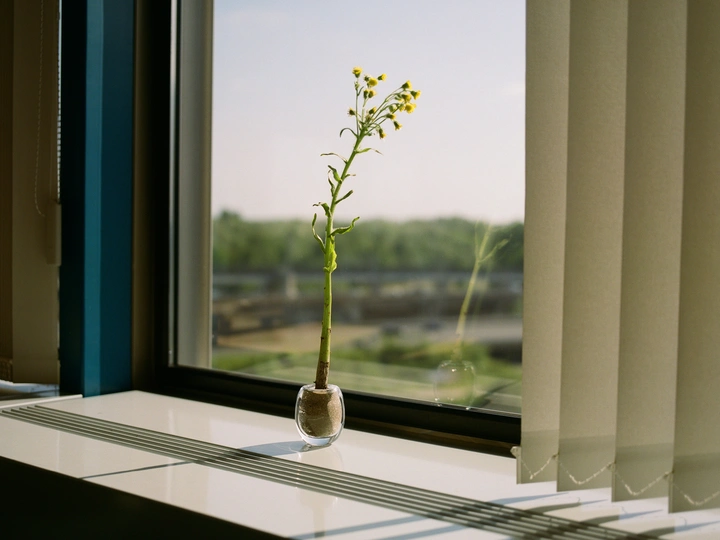Approaching Sand: A Disappearing Grain/Glossary

Enno Pötschke (BA Visual Communication) [1989] is an Amsterdam- and Berlin-based design director for print and interaction design. He develops visual identities, websites, publications, books, and printed matter for cultural institutions, small businesses, and independent individuals. His interest in graphic design is rooted in scale, information architecture, and curation. Since January 2022, he has been running his own studio.
Currently, he is participant at Studio for Immediate Spaces, a two-year Master’s program on spatial practices (MA Interior Architecture) at Sandberg Instituut, Amsterdam. In his studies, he is researching the occurring scarcity of the resource sand. Furthermore, he is part of "Forschungswerkstatt: Krise und Transformation des Eigenheims" at Bauhaus-Universität Weimar. He receives a scholarship from Deutscher Akademischer Austauschdienst (DAAD).
This coming year, I am working on a way to not once more get lost in an only service providing set-up after graduating. Which happened to me after my BA. It is my aim to find a balance between client related work and environmental saving research. With the LINA Community, I see the chance to get in touch with a wide variety of like-minded to discuss these issues, find economic solutions and support each other.
When I was a child, I loved to play on a pile of sand at the construction sites of my father's civil engineering company. These piles were the centre of my universe, and I am still fascinated by their simplicity and diversity. With this fascination, I built castles, roads, car parks, caves, and landscapes. When I had played so much that my hill had flattened, sand dispersed, it was refilled almost instantaneously by my dad. Sand, to me, seemed infinite. At that time, I had no idea about the scarcity of the mineral granular material. My interest was in its material properties: I craved its texture and capabilities. I still remember how, a few years later, I finally got my own sandbox. It was framed by used timber from old railway lines.
Now, living in the Netherlands, a mostly coastal lowland and reclaimed land that is formed by the estuaries [a water passage where the tide meets a river current] of three large European rivers: the Rhine, the Meuse and the Scheldt, as well as their tributaries [a stream feeding a larger stream or a lake] The country has a coastline of 451 km, and this omnipresent material—sand—returned to my thoughts. Riding my bike through Amsterdam, its surrounding areas and the Dutch beaches, you are always faced with it. Every excavation pit and landscape is made of sand. Carried on cargo ships, you can see it moving in and out of the harbour.
The project was developed during the first year at Studio for Immediate Spaces at Sandberg Instituut, Amsterdam. It contains multiple glass sculptures, a CGI video, a glossary and further printed matter. I think the visual output is quite convincing.
Nevertheless, I will focus even more on the glossary and research and collect alternatives for sand. In the future, I will develop a digital platform that accumulates current sand alternatives and the current research towards the subject. Furthermore, I will reach out to other stack holders and find strategies to spread awareness.